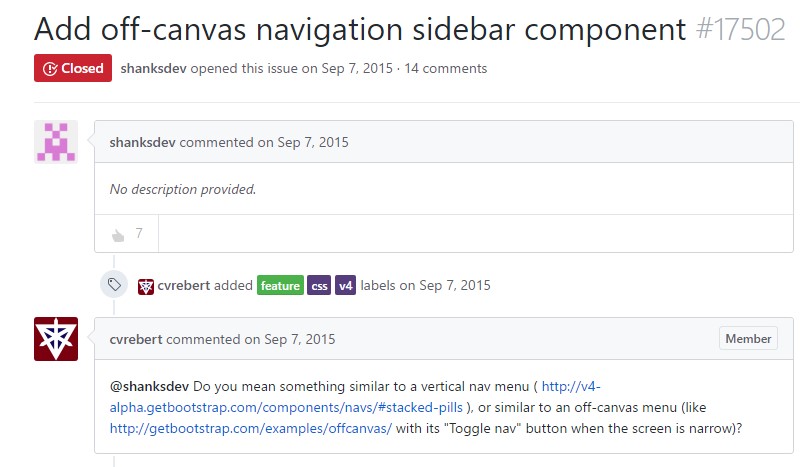Bootstrap Sidebar Content
Introduction
In the majority of the pages we currently discover the material spreads from edge to edge in width with a beneficial navigation bar just above and just efficiently becomes resized as soon as the specified viewport is achieved and so more or less the showcased web content fluently implements the whole width of the web page readily available. But at a several events the desired goal the webpages have to work in require together with the fluently resizing material place an additional area of the obtainable display width to get appointed to a still vertical feature with several web links and content inside it-- in shorts-- the prominent from the past Bootstrap Sidebar element is needed. ( get more information)
Ways to work with the Bootstrap Sidebar Content:
This is pretty old technique but in case you actually want to-- you can make a sidebar element with the Bootstrap 4 system which in turn in addition to its flexible grid system also provide a several classes created specifically for developing a secondary level site navigation menus being actually docked around the web page.
But let's start it easy-- via simply just nesting some rows and columns -- It is presumed this could be the most convenient tactic. And also by nesting I mean you have the ability to gave a
.rowAnd so let us say we require a right coordinated Bootstrap Sidebar Content having several material inside it and a primary page to the left of it. We have to establish the grid tier down to which we want to maintain this positioning prior to the sidebar and the basic material stack above each other-- let us claim-- medium and up. And so a workable approach achieving this might be this:
First we really need a container element to hold the columns and rows and considering that we are certainly developing something a bit more complicated the
.container-fluidNext we require a
.row.col-md-9.col-md-3Next within these columns we have the ability to just set up some extra
.rowA number of more ideas
Additionally in case you need to create a sidebar navigation menu along with the desired
.col-*.sidebar<main>.col-*Additionally in case you have to develop a sidebar navigation menu along with the preferred
.col-*.sidebar<main>.col-*Examine a number of video clip tutorials about Bootstrap sidebar
Connected topics:
Incorporate off-canvas navigation sidebar element

Stackoverflow: Bootstrap 4 Navigation Sidebar

V4 Bootstrap full height sidebar
